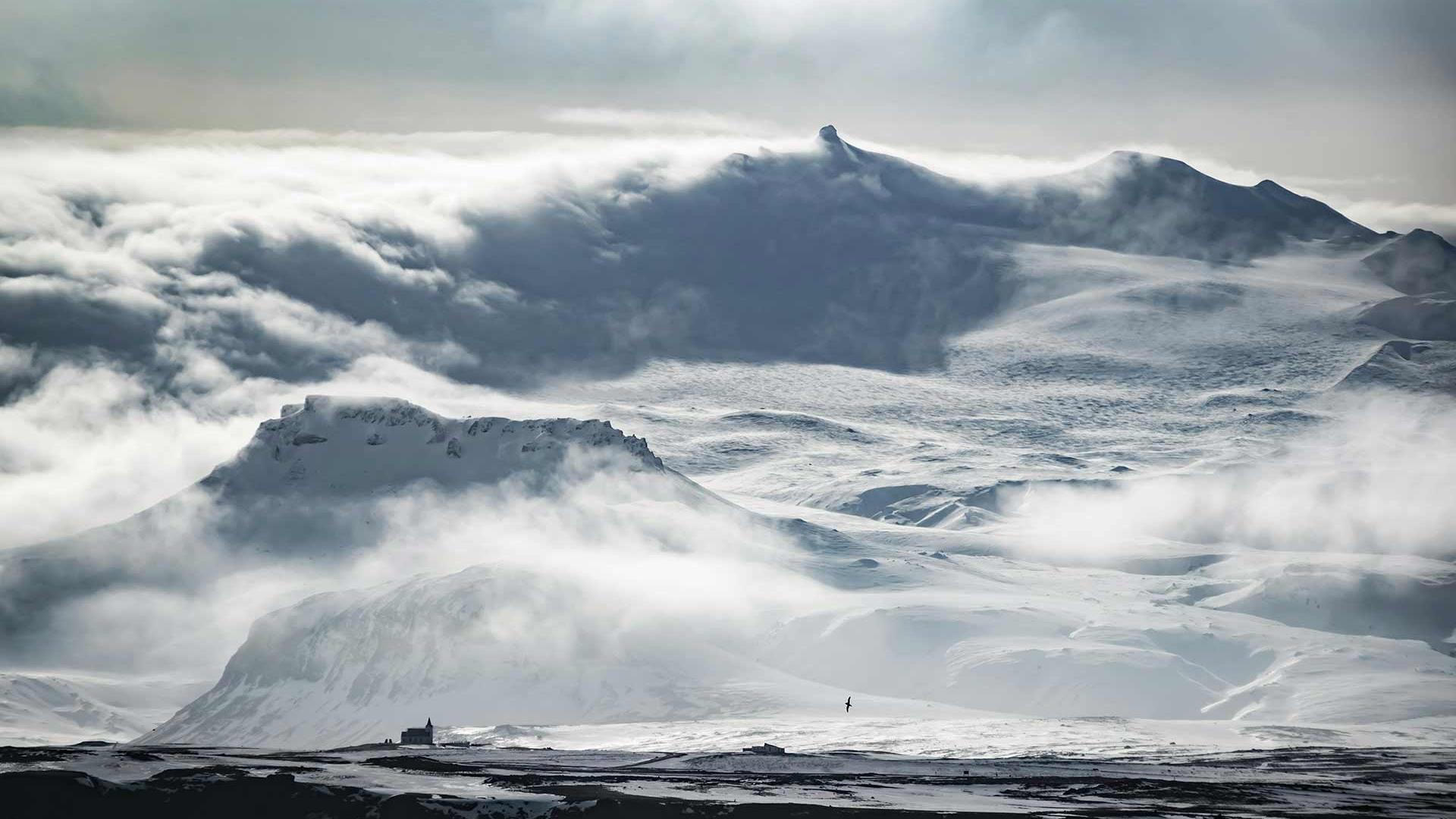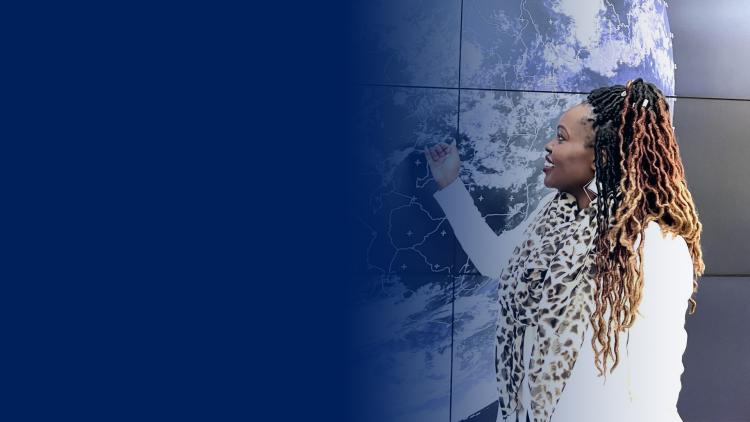
In the know
Celebrating 20 years of satellite meteorology training


On the occasion of the 20th anniversary of EUMeTrain, we look back on the project’s beginnings, its impact, and what’s next.

On 18 October 2023, the EUMeTrain consortium gathered at the Nymphenburg Palace in Munich, Germany
Now, with a wide range of online training materials having been developed and an updated version of the Manual of Synoptic Satellite Meteorology, SatManu, still available, EUMeTrain has since become EUMETSAT’s largest international training project. Two decades since the project’s start, EUMeTrain has been confirmed to continue on for at least another five years, thanks to a freshly renewed agreement between EUMETSAT and GeoSphere Austria, Austria’s meteorological service, who leads the project.
Composed of the national meteorological services of Austria, Croatia, Finland, Germany, Portugal, and Hungary, EUMeTrain reaches users worldwide through interactive training sessions, weather briefings, weather forecasting simulators, online training modules, case studies, short guides illuminating different weather features, and more.
“When we run courses, trainers and participants from all over the world attend – not just from Europe but from Africa, Asia, and the Americas, too,” said Andreas Wirth, EUMeTrain project manager.
Event weeks, week-long training sessions held twice a year, have a wide reach, bringing together around 200 participants.
“It’s a great opportunity for forecasters from around the world to stay in contact with each other,” said Wirth.
“And even those who aren’t able to attend these courses can access our training materials, which are open and available to everyone through our website.”

The EUMeTrain consortium in Madeira, Portugal, in 2023
Credit: EUMeTrain
With the first Meteosat Third Generation (MTG) satellite, Meteosat-12, recently having become fully operational, the dedicated members of EUMeTrain have been preparing a wide range of helpful resources to ease forecasters into using the new data.
“EUMeTrain is developing a variety of materials and courses focused on using MTG data,” said Dr Natasa Strelec Mahovic, EUMETSAT’s Lead Weather Applications Expert who represents EUMETSAT in the EUMeTrain consortium and steering groups.
“When meteorologists forecast the weather, satellite imagery is an important source of data – but it’s not the only one.
“EUMeTrain resources focus on showing forecasters how MTG data can be seamlessly included in place of or in addition to data from the previous generation of satellites, Meteosat Second Generation, which is really valuable.”
Designed with forecasters in mind, two-page guides have a special place in forecasting rooms across the globe.
“Forecasters actually print out these guides, put them in plastic covers, and keep them on their desk to use as a kind of cheat sheet,” she said.
And the resources for using MTG data are still continuing to grow.
“From guides on MTG-specific satellite images to training opportunities such as two MTG event weeks planned for 2025 and a meteorology course focusing on MTG that will be held in 2026, there are a lot of opportunities for forecasters to learn how to best use MTG data,” said Strelec Mahovic.
Over the course of its development in the past 20 years, one thing about EUMeTrain has remained constant: the dedication to supporting meteorologists.
“Sometimes, years after I’ve been one of the trainers at a EUMeTrain session, someone will come up to me and give me positive feedback on a course they attended,” said Wirth.
“It makes me happy to have connected with so many people and that these courses are so memorable to them.”
Author:
Sarah Puschmann


